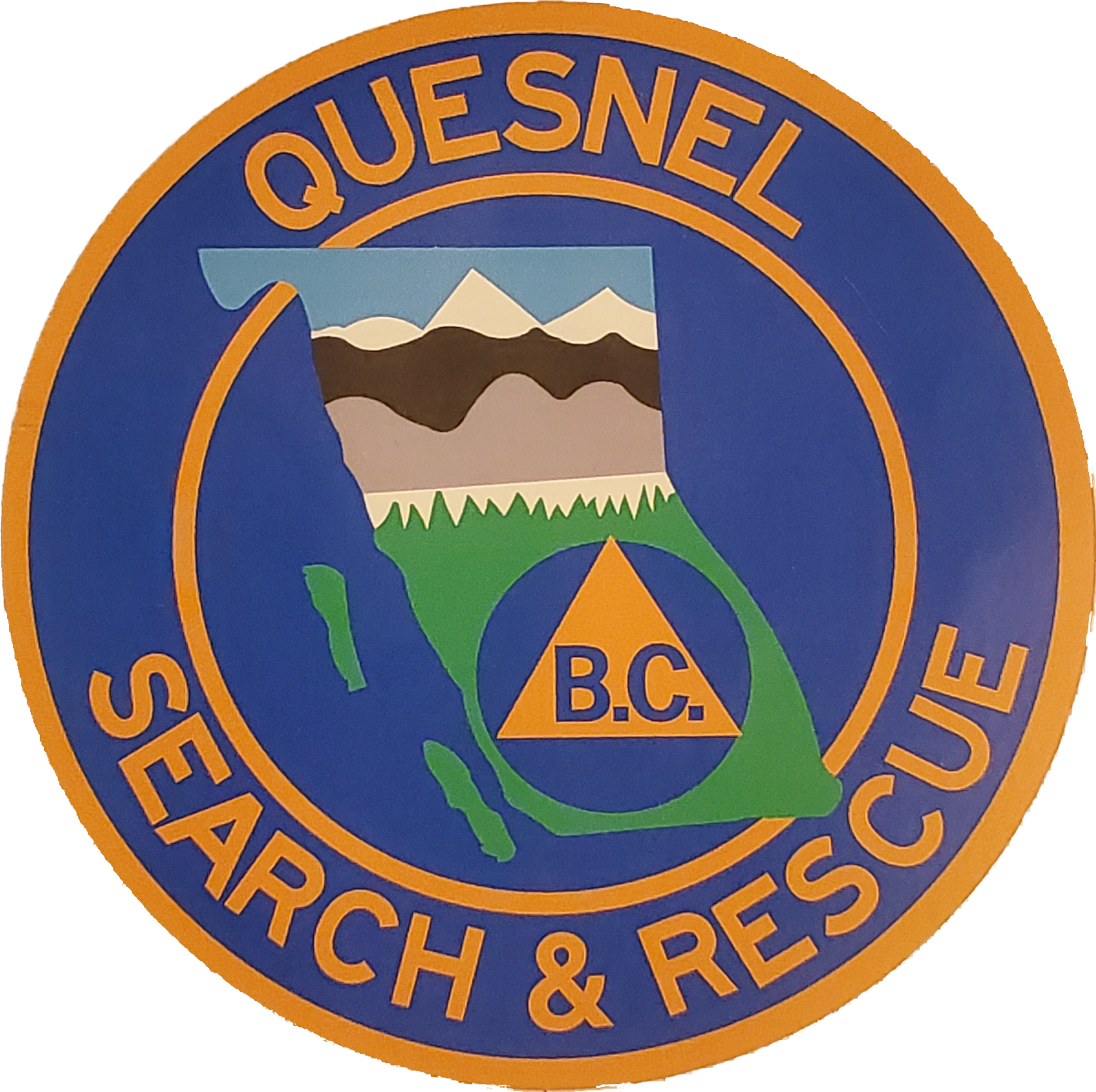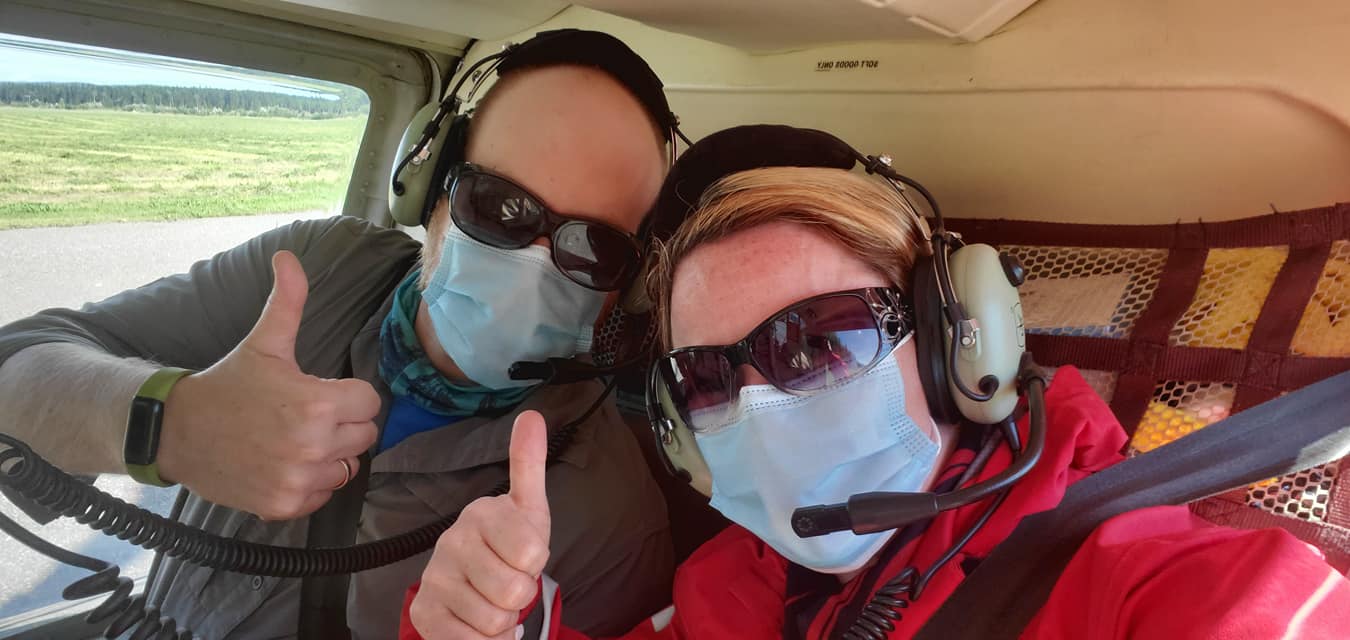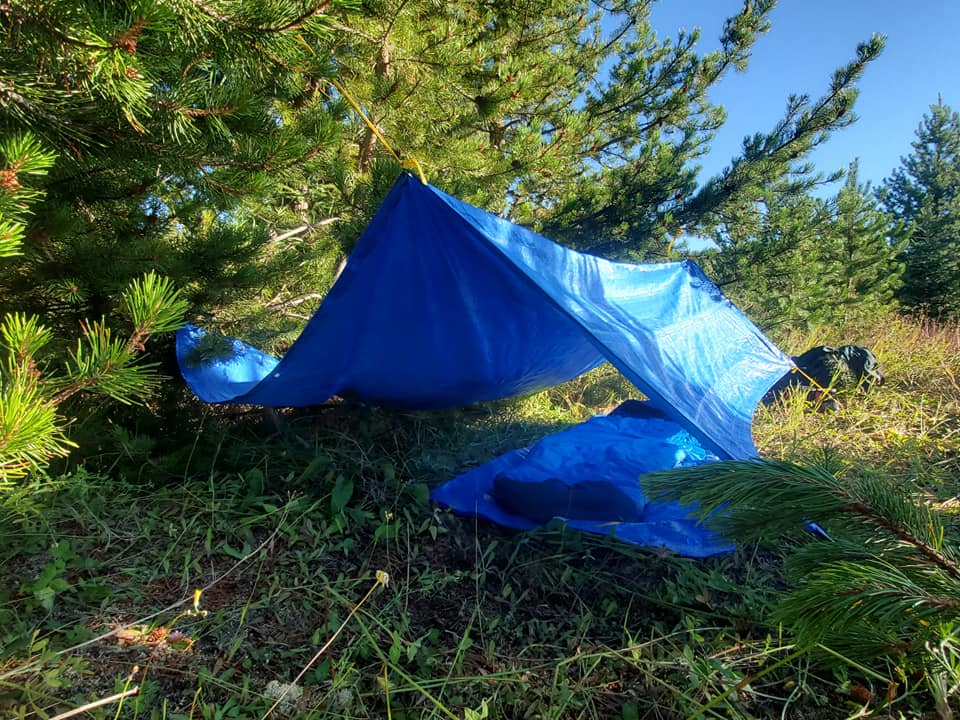Please Note that all public posts are reviewed and approved by the Directors of the Board responsible for overseeing the website communications.
Seasonal Safety Considerations – for Off-road Vehicles (i.e., ATV / UTV / Kuboda)
Rules of ATV operation – Safety
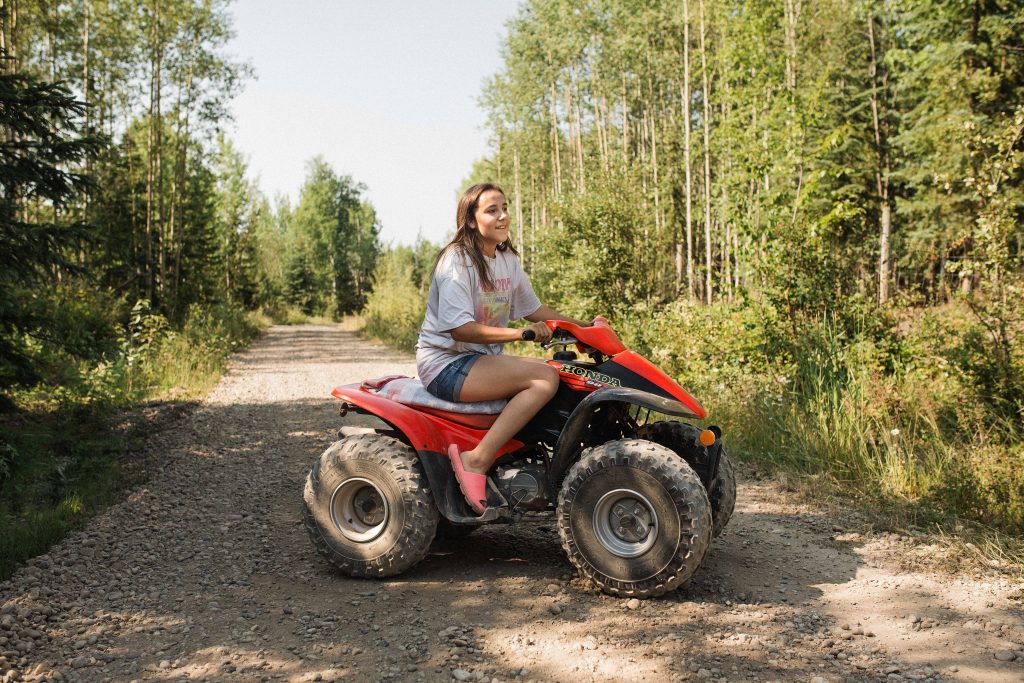
and sandals are not proper footwear)
– Photographer: Catherine Tetreault Photography –
Ride only on designated trails and at a safe speed.
Always wear eye protection, long sleeves, long pants, over-the-ankle boots, and DOT, Snell or ECE compliant helmets.
Never ride on paved roads except to cross when done safely and permitted by law. ATVs are classified as off-highway vehicles.
Never ride under the influence of alcohol or drugs.
Never carry a passenger on a single-rider ATV. Carry no more than one passenger on an ATV specifically designed for two people.
Ride an ATV that’s right for your size.
Actively supervise younger riders. ATVs are not toys.
If an ATV comes factory-rigged with seatbelts, wear them.
Take an approved hands-on and online safety course.
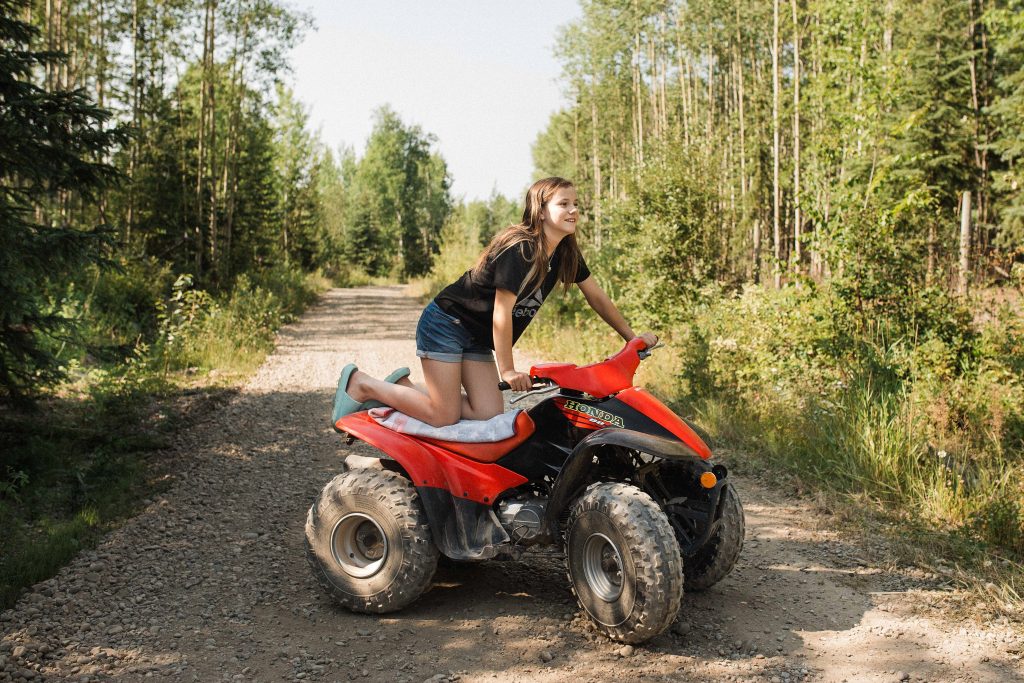
and sandals are not proper footwear)
– Photographer: Catherine Tetreault Photography –
Youth ATV safety
Active supervision – set the ground rules
If a child can control a bike without any problems, it may be a good time to try an ATV.
Be sure to check your Provincial rules and regulations surrounding youth riders.
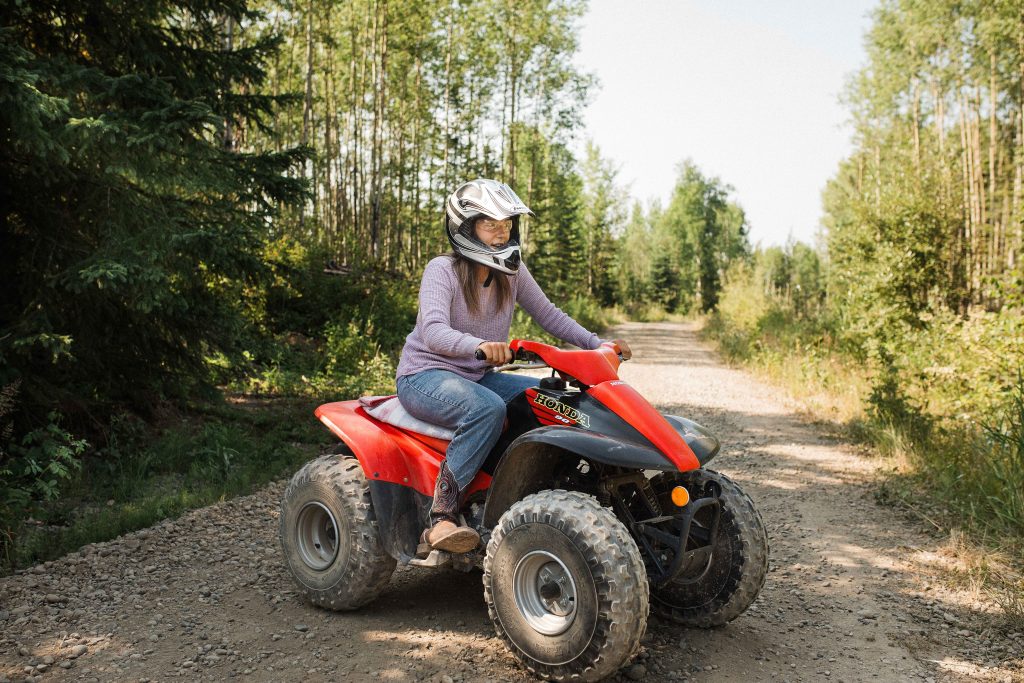
– Photographer: Catherine Tetreault Photography –
ATV fit – One size does NOT fit all
ATVs intended for use by adults (16 years and older) are larger, heavier and have greater speed and performance capabilities than youth models. Children under 16 and capable of driving ATVs should ride a smaller model, with speeds limited accordingly.
Youth age 16 and under must fit the ATV they operate. They should be able to reach the foot pegs while sitting upright on the machine, and be able to reach and control the handlebars. This means they must be able to grip the handlebars and have the ability to move them to the left and right, in addition to operating the throttle and brake lever with one hand. Youth riders also must be able to shift their weight from side to side and from front to back while maintain their balance.
Helmet use and safety gear
Protective gear is a must while operating ATVs, ALL operators and passengers must wear DOT, Snell or ECE certified helmets.
Full face shield helmets offer the most protection. They should fit snugly and securely, and not be expired.
Eye protection that meets ATV and off-road requirements.
Over-the-ankle shoes with sturdy, non-slip heels and soles should be worn.
Long-sleeved shirts or jackets, long pants and gloves all afford protection while riding.
Most importantly, if you aren’t sure or have any questions, ask. Please contact your local Canada Safety Council Certified off roading experts for more information.
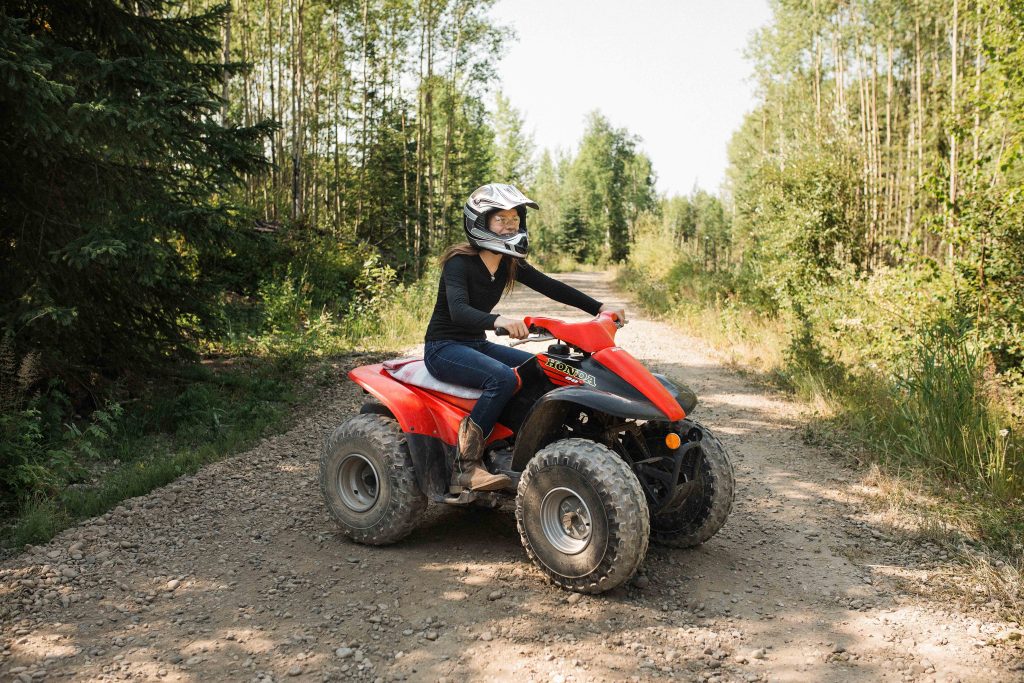
– Photographer: Catherine Tetreault Photography –
Submission by QSAR Health and Safety Committee Member – Evan Johnson
QSAR Website ADMIN
Currently, Health and Safety Checks for Volunteers on Task include COVID-19 considerations and precautionary measures, as government mandated and outlined in the Health and Safety Advisories issued by Emergency Management BC and BC Search and Rescue.
In the case of an extensive task involving convergents, we may be in need of trained Members to assist in coordinating the Convergent Volunteer Registration and Briefing Station. If you are interested in this, please let your Communications Leader know so that your name may be put on a list.
